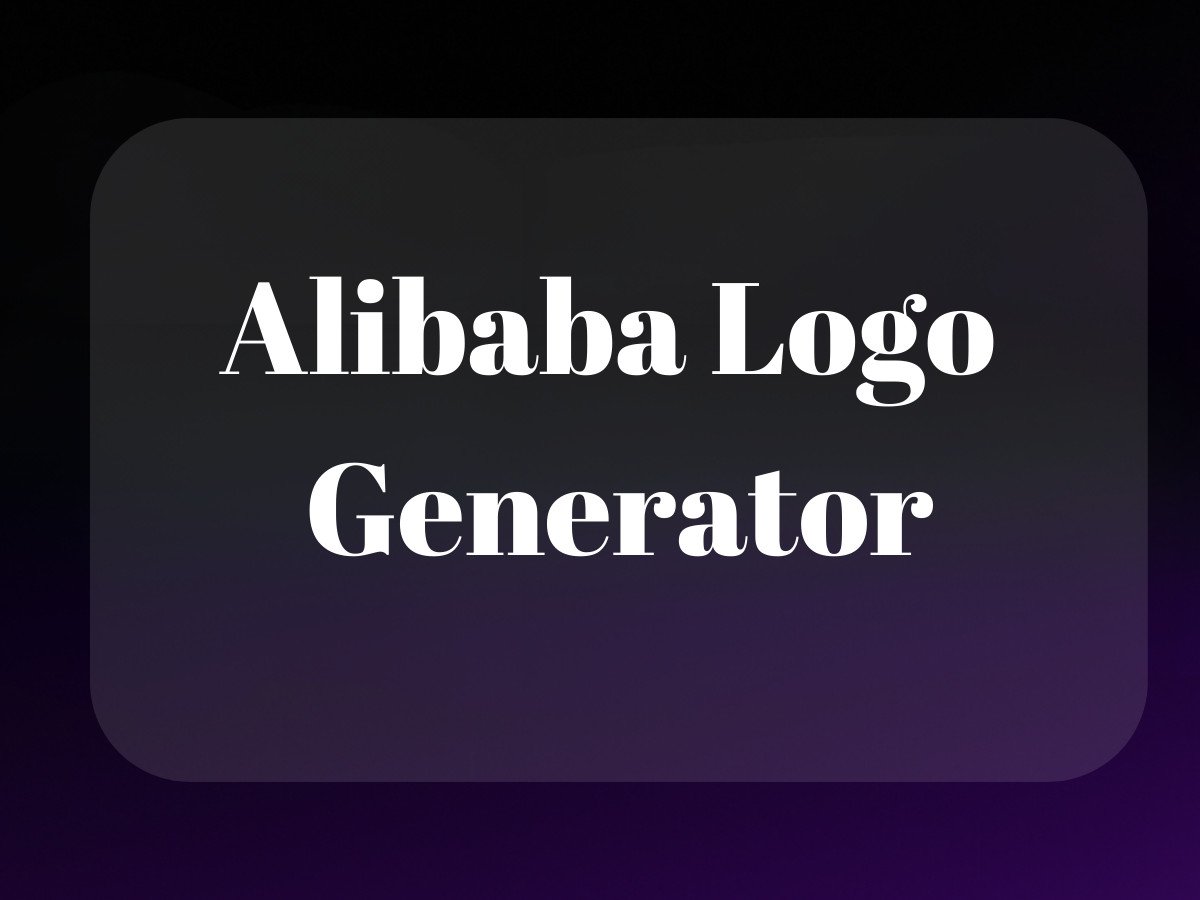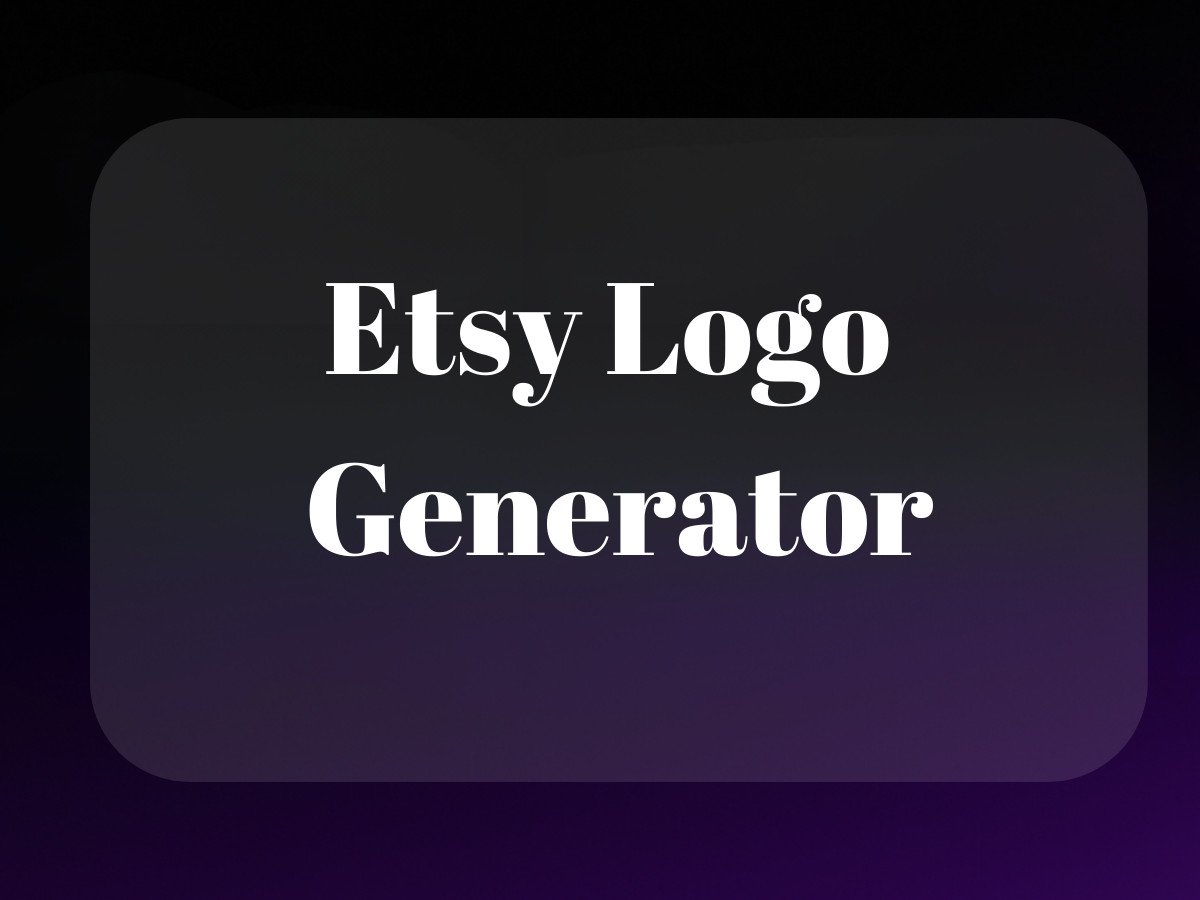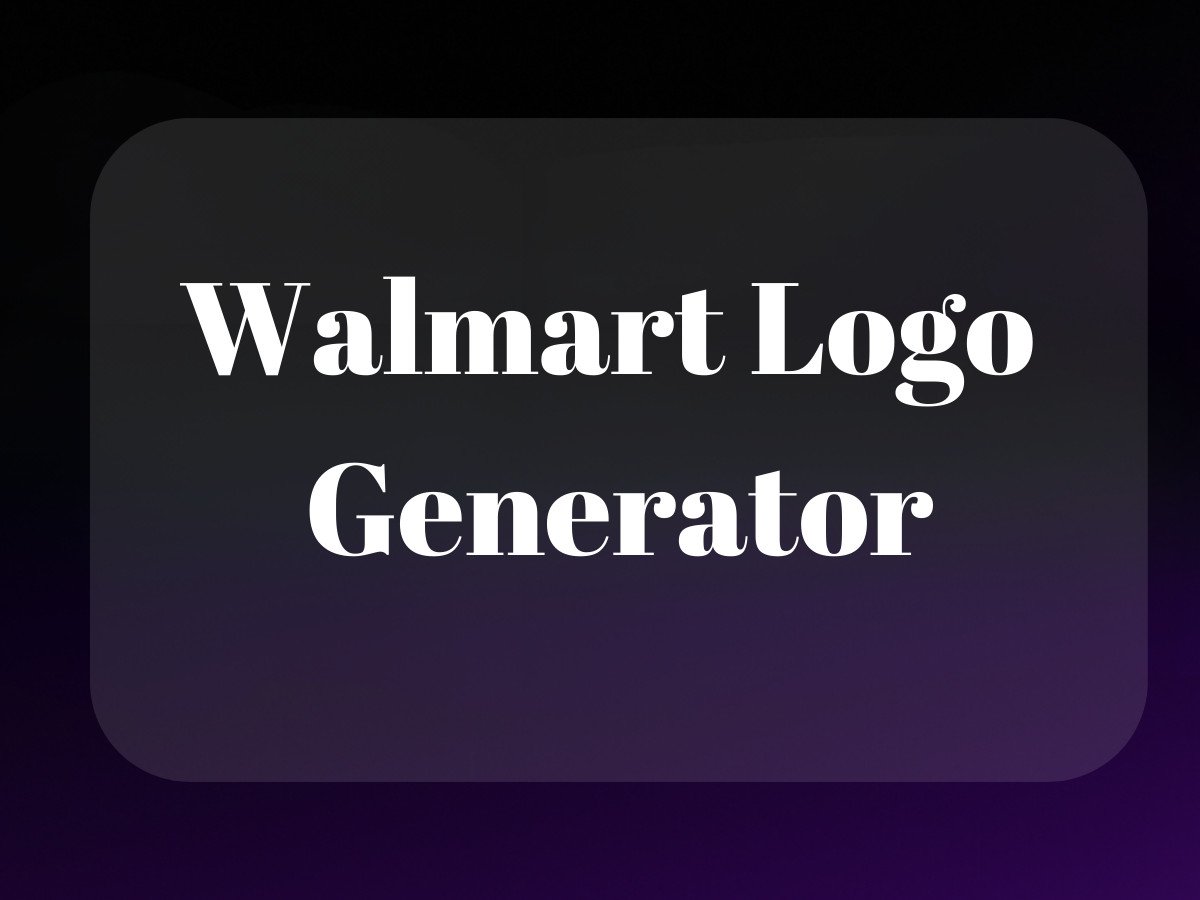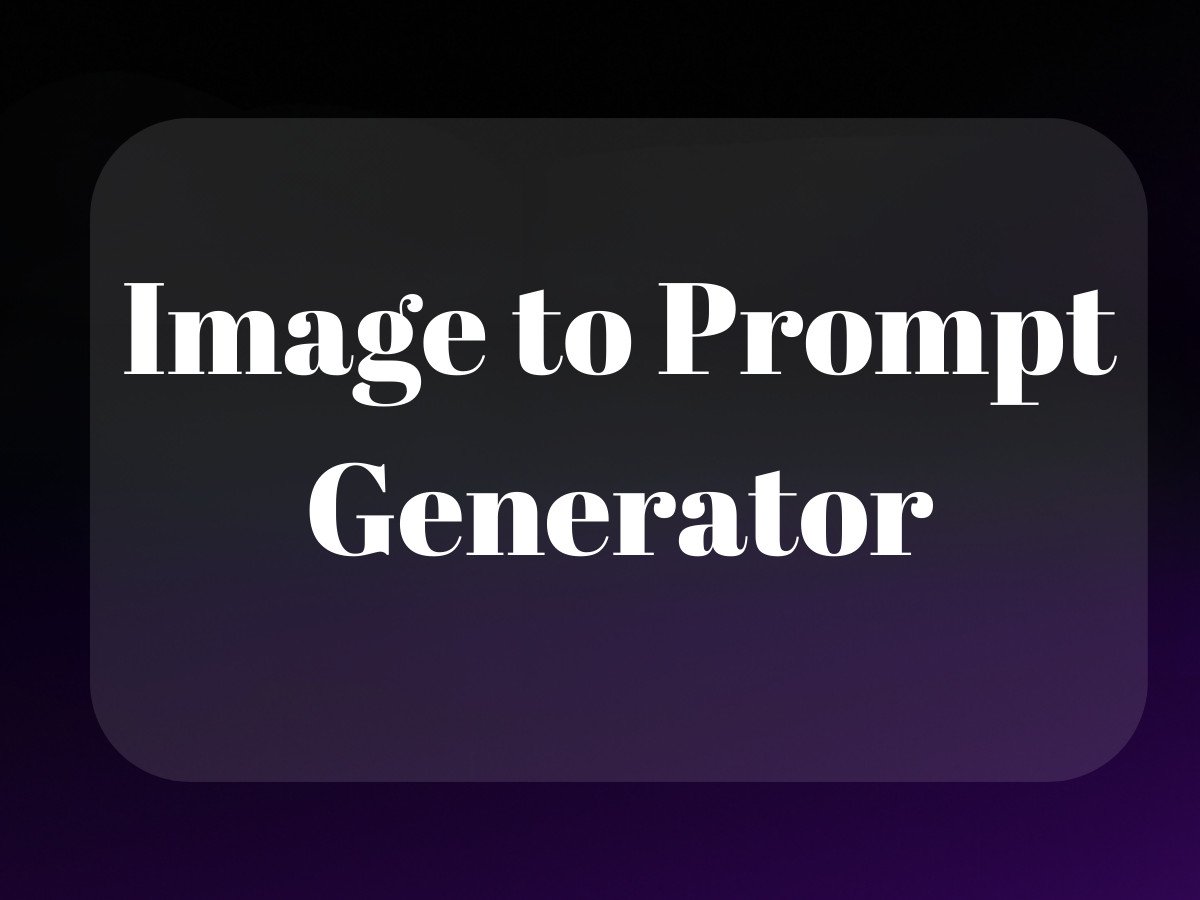Let’s cut through the noise about Amazon’s Influencer Program. If you’ve been hunting for straight answers about getting accepted, you’ve probably noticed there’s more speculation out there than facts. And honestly? That’s partly Amazon’s fault – they’re about as transparent with their requirements as a brick wall.

Here’s the thing: while everyone’s obsessing over follower counts and platform choices, they’re missing what really matters. I’ve seen creators with 100k+ followers get rejected while someone with barely 1,000 engaged followers gets the green light. It’s like trying to get into an exclusive club where the bouncer’s criteria change nightly.
Understanding Amazon’s Influencer Program: Beyond the Basics
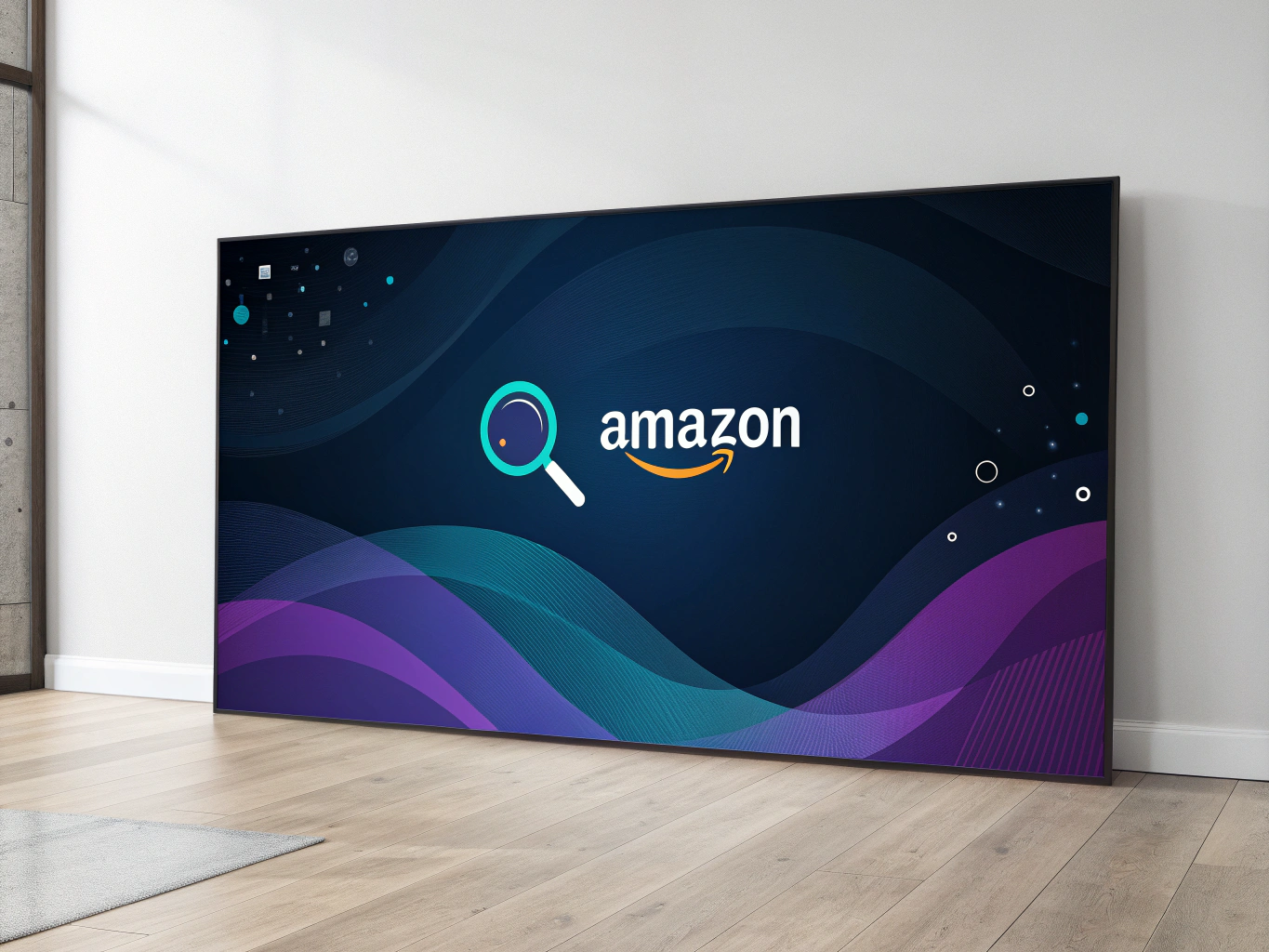
First off, let’s clear up a common confusion – this isn’t your regular Amazon Associates program wearing a fancy hat. The Influencer Program is Amazon’s way of saying, “Hey, if you’ve got real influence over people’s buying decisions, we want to give you better tools to monetize that.”
Think of it as Amazon’s VIP room for content creators. You get your own storefront (basically a mini-Amazon curated by you), the ability to create shoppable videos, and commission rates that can make your regular affiliate earnings look like pocket change.
The Real Requirements (Not What Everyone Thinks)
Here’s where it gets interesting – and where most articles get it wrong. Amazon doesn’t have a magic follower number that automatically gets you in. I’ve seen TikTokers with 140 followers get accepted while Instagram accounts with 50k+ get rejected. Wild, right?
What matters more is your engagement rate and content quality. Amazon’s looking for creators who can actually influence purchasing decisions, not just collect followers like Pokemon cards. Learn more about becoming an Amazon influencer to better understand these dynamics.
Platform-Specific Considerations That Actually Matter
- Instagram: Focus on shopping-related content and consistent engagement over pure follower count
- YouTube: Quality product reviews and unboxings carry more weight than subscriber numbers
- TikTok: Authentic product-focused content that drives engagement (even with smaller followings)
- Facebook: Regular posting schedule and community interaction matter more than page likes
The Application Process: What Nobody Tells You
Here’s something most guides won’t tell you: Amazon’s application review process is partly automated and partly human-reviewed. This means your first submission might get an instant rejection if you don’t tick certain boxes, but that’s not the end of the road.
I’ve seen creators get accepted on their third or fourth try after adjusting their approach. It’s not about gaming the system – it’s about understanding what Amazon’s actually looking for and positioning yourself accordingly.
What Actually Gets You Approved
The secret sauce isn’t in your follower count – it’s in demonstrating that you understand how to create content that drives purchases. Amazon wants to see that you can create authentic, engaging content that naturally leads to sales.
Think about it: Amazon’s not in the business of helping influencers become famous – they’re in the business of selling products. If you can show them you’re good at making people want to buy stuff, and you understand how to get reviews on Amazon to bolster trust, you’re golden. If you can show them you’re good at making people want to buy stuff, you’re golden.
Your content should show that you understand product features, can explain benefits clearly, and most importantly, can create genuine excitement about products without coming across like a late-night infomercial host.
Essential Eligibility Requirements for the Amazon Influencer Program
Let’s cut through the noise about Amazon’s influencer program requirements. There’s a lot of confusion out there, with everyone from TikTok stars to Instagram micro-influencers trying to crack the code. Think of Amazon’s approval process like a nightclub bouncer who doesn’t just count followers – they’re checking your whole vibe.
Platform-Specific Requirements: The Real Deal
Here’s something that might surprise you: Amazon doesn’t actually have a fixed follower threshold. I’ve seen creators with 500 followers get accepted while others with 50,000+ get rejected. It’s like dating – the numbers matter less than the quality of engagement.
For Instagram users, engagement rates trump follower counts. You’re better off having 1,000 highly engaged followers who actually interact with your content than 10,000 ghost followers who scroll past. The sweet spot seems to be a consistent 3-5% engagement rate across your posts.
YouTube creators have it a bit different. The platform’s searchability means Amazon tends to favor channels with steady viewership growth and watch time over subscriber counts. Think of it as building a loyal TV audience rather than collecting baseball cards.
TikTok is the wild card here. The platform’s viral nature means even smaller accounts can suddenly explode with engagement. Amazon knows this, which is why they’re particularly interested in your average views per video rather than follower count.
Content Quality Standards That Actually Matter

Remember when I said Amazon’s like a nightclub bouncer? Well, they’re actually more like a talent scout. They’re looking for creators who can consistently deliver value to their audience. Here’s what really moves the needle:
- Content consistency (posting schedule matters more than frequency)
- Authentic engagement (comments that go beyond “Nice post!”)
- Niche expertise (showing you actually know your stuff)
- Production quality (doesn’t need to be Hollywood-level, but should be professional)
The Truth About Engagement Metrics
Let’s get real about engagement metrics for a second. Amazon’s algorithm is looking at patterns that might not be obvious at first glance. It’s less about hitting specific numbers and more about showing you can maintain meaningful connections with your audience.
Think of it like hosting a dinner party. Would you rather have 50 guests who barely touch the food and leave early, or 10 guests who stay late, engage in great conversation, and can’t wait to come back? Amazon’s thinking the same way about your content.
Niche Expertise Documentation
Here’s where many applicants stumble: they don’t effectively showcase their niche expertise. Amazon wants to see that you’re not just another face in the crowd but someone who brings genuine value to specific product categories, whether you’re focusing on reselling on Amazon or promoting unique products.
Document your expertise through:
– Consistent content themes
– Detailed product reviews
– Educational content in your niche
– Professional certifications or relevant experience
Maximizing Your Amazon Influencer Success
Look, I’ve seen countless creators get caught up in the numbers game – obsessing over follower counts and engagement rates while missing what really moves the needle in the Amazon Influencer Program. Let’s cut through the noise and focus on what actually drives success.
Content Strategy That Actually Converts
Here’s something most “guru” guides won’t tell you: the highest-performing Amazon influencers aren’t necessarily the ones with the fanciest production value or the biggest following. They’re the ones who’ve mastered the art of authentic product storytelling.
Think of your Amazon storefront like a carefully curated boutique, not a warehouse clearance sale. I’ve analyzed hundreds of successful Amazon influencer accounts, and the pattern is clear – those who build their content strategy around solving specific problems for their audience consistently outperform those who just throw products at the wall hoping something sticks.
Advanced Amazon Influencer Program Requirements and Optimization

The secret sauce? It’s all about the intersection of content quality and strategic timing. Here’s what’s working in 2024:
- Video content featuring real-world product applications (not just unboxings)
- Seasonal product collections that anticipate customer needs
- Cross-platform promotion that maintains platform authenticity
- Strategic use of Amazon Live for real-time engagement
Leveraging Platform-Specific Features
Each social media platform has its own secret weapon when it comes to driving Amazon sales. Instagram’s swipe-up stories (for eligible accounts) create seamless purchase journeys. TikTok’s rapid-fire format works wonders for before/after product demonstrations. YouTube’s longer format lets you deep-dive into product comparisons.
But here’s the thing – you don’t need to be everywhere at once. I’ve seen creators crush it by mastering just one platform first before expanding their presence.
Future-Proofing Your Amazon Influencer Business
The landscape of social commerce is shifting faster than a New York minute, and discussions like Alibaba vs. Amazon highlight how platforms are evolving to meet different consumer needs. Amazon’s constantly rolling out new features for influencers – from enhanced analytics tools to improved video placement opportunities. Staying ahead means keeping one eye on the horizon while maintaining what’s working today.
Emerging Opportunities and Trends
We’re seeing a fascinating evolution in how Amazon’s integrating social proof into their shopping experience. The platform’s pushing hard into video content, particularly for product pages. This means more opportunities for influencers who can create compelling, conversion-focused video content.
And let’s talk about AI for a second – because it’s changing the game for content creation. Tools like ProductScope AI (yeah, I’m biased, but hear me out) are making it possible to scale content production without sacrificing quality. This means you can focus more on strategy and less on grinding out content.
Building Long-Term Success
The most successful Amazon influencers I’ve worked with share one common trait: they treat their influence like a business, not a hobby. This means:
- Regular content calendar planning and execution
- Consistent brand messaging across platforms
- Strategic product selection based on audience feedback
- Continuous testing and optimization of content formats
Final Thoughts on Amazon Influencer Program Success
Listen, the Amazon Influencer Program isn’t just another affiliate marketing opportunity – it’s a legitimate platform for building a sustainable business. The requirements might seem daunting at first, but they’re there to ensure quality and protect the ecosystem.
Success in this space isn’t about gaming the system or finding shortcuts. It’s about building genuine connections with your audience, understanding their needs, and consistently delivering value through your recommendations.
Remember, Amazon’s looking for partners who can enhance the shopping experience, not just drive traffic. Focus on creating content that helps people make informed buying decisions, and the rest will follow.
The future of social commerce is being written right now, and Amazon influencers are holding the pen. Whether you’re just starting out or looking to level up your existing presence, there’s never been a better time to dive in and make your mark.
Now go create something awesome. Your audience is waiting.
Related Articles:
- Amazon Creator Connections: Influencer Marketing Guide
- The Power of CHATGPT: How It Can Boost Your Amazon Marketing
- Guide to Walmart Creator: Everything You Need to Know
Frequently Asked Questions
What is an Amazon storefront?
An Amazon storefront is a personalized page on Amazon where influencers can showcase and recommend products they love to their followers. This feature allows influencers to curate lists of their favorite items and earn commissions on purchases made through their links. The storefront is customizable and serves as a central hub for followers to explore the influencer’s curated recommendations.
Why is having a strong follower base important for Amazon influencers?
Having a substantial follower base on social media platforms is crucial for success as an Amazon influencer. Although Amazon does not specify an exact number of followers required, having a large and engaged audience can improve your chances of being accepted into the program. Followers on platforms like Instagram, YouTube, and Facebook are typically considered when evaluating an influencer’s application.
In influencer marketing, what are the Amazon Influencer Program requirements?
The Amazon Influencer Program requires applicants to have an active and engaging social media presence with a significant following. Amazon evaluates the type of content, audience engagement, and overall influence of the applicant. Popular platforms for consideration include Instagram, YouTube, and Facebook, and successful influencers often have a niche market or a strong personal brand.
Is it hard to get accepted as an Amazon influencer?
Getting accepted into the Amazon Influencer Program can be competitive, as Amazon looks for influencers with a strong social media presence and engaged audience. While it may not be extremely difficult for those with an established and active following, new influencers might find it challenging without a significant online presence. Factors like content quality, audience engagement, and niche relevance can influence acceptance.
How many followers do you need to have an Amazon?
Amazon does not publicly disclose an exact number of followers required to join the Influencer Program, but having a substantial and engaged audience is important. Typically, influencers with thousands of followers on platforms like Instagram, YouTube, or Facebook have a better chance of getting accepted. The quality of engagement and niche alignment with Amazon’s offerings can also play a significant role.
About the Author
Vijay Jacob is the founder and chief contributing writer for ProductScope AI focused on storytelling in AI and tech. You can follow him on X and LinkedIn, and ProductScope AI on X and on LinkedIn.
We’re also building a powerful AI Studio for Brands & Creators to sell smarter and faster with AI. With PS Studio you can generate AI Images, AI Videos, Chat and Automate repeat writing with AI Agents that can produce content in your voice and tone all in one place. If you sell on Amazon you can even optimize your Amazon Product Listings or get unique customer insights with PS Optimize.
🎁 Limited time Bonus: I put together an exclusive welcome gift called the “Formula,” which includes all of my free checklists (from SEO to Image Design to content creation at scale), including the top AI agents, and ways to scale your brand & content strategy today. Sign up free to get 200 PS Studio credits on us, and as a bonus, you will receive the “formula” via email as a thank you for your time.

